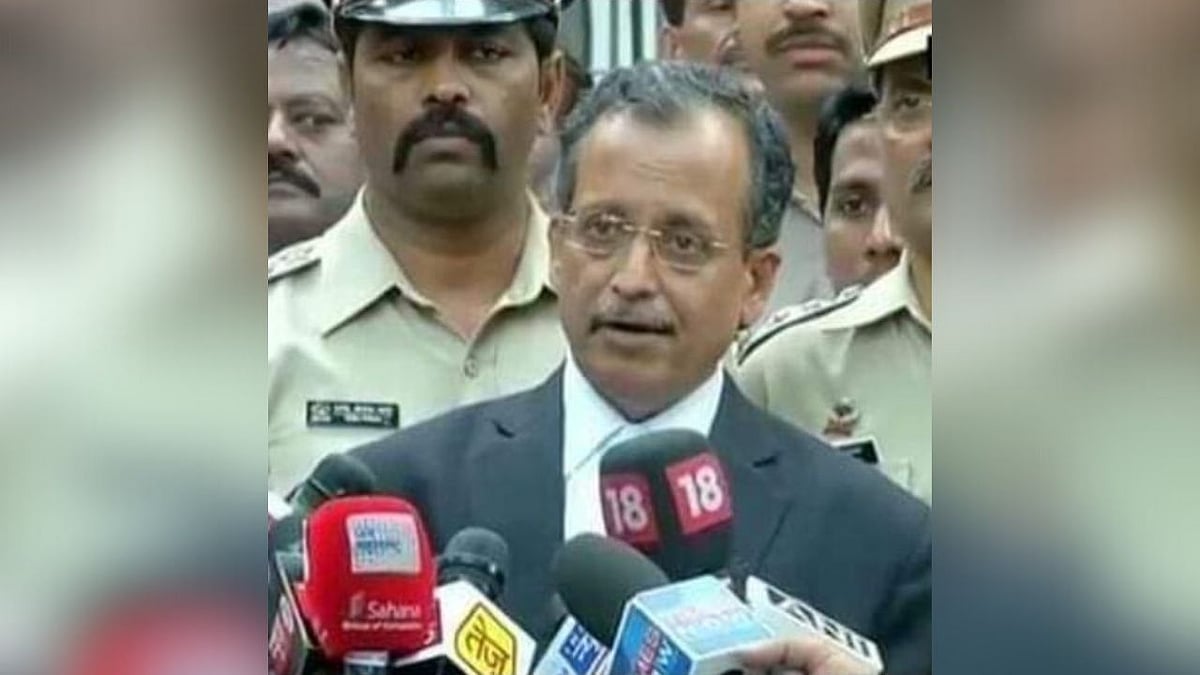In a landmark judgment, the Palghar Sessions Court convicted former police inspector Abhay Kurundkar in the murder of Assistant Police Inspector Ashwini Bidre-Gore, a case that had long baffled investigators due to the absence of a body, murder weapon, or eyewitness. The conviction is being hailed as a significant victory for the prosecution, led by Special Public Prosecutor Pradip Gharat, who built an unshakeable case purely on circumstantial evidence.
The court found Kurundkar guilty of abduction, murder, and destruction of evidence. Two other accused—Mahesh Phalnikar and Kundan Bhandari—were convicted for assisting in the disposal of Bidre’s body, while Raju Patil was acquitted for lack of evidence.
Bidre, who was in a relationship with Kurundkar, went missing on April 11, 2016. The case had turned cold until the accused was arrested in December 2017. What followed was a painstaking legal battle that began in 2021, during which the prosecution meticulously pieced together a web of evidence.
“The case is a textbook example of a watertight prosecution based entirely on circumstantial evidence,” said Advocate Pradeep Gharat, who has over 40 convictions to his credit since being appointed Special Public Prosecutor in 1998. “There was no recovery of the body, weapon, or any direct witness. But we based our case on five crucial grounds and established each of them beyond reasonable doubt.”
The prosecution dismissed the defence’s claim that Bidre had voluntarily renounced the world and gone to a Vipassana centre. “If someone renounces worldly life, would she not vacate her rented house or return valuables to her family?” Gharat questioned. “Why would she inform her housemaid of her return date, or park her car in a paid parking lot? These were strong indicators that she had no such intention.”
According to the prosecution’s timeline, Bidre left her residence on April 11, 2016, informing her maid that she would return after a family function. She was last seen at Kalamboli Police Station, where she parked her car before taking a train to Thane. Her mobile phone’s call detail records (CDR) later placed her with Kurundkar in Thane, and subsequently in Bhayander near Mukund Plaza. Her phone was switched off after 11 p.m. that night.
Kurundkar’s movements after the incident further incriminated him. The CDR analysis showed him scouting Bhayander Lake, allegedly to dispose of Bidre’s body. The next day, the prosecution proved, he transported a trunk—later believed to have contained her dismembered body—in his car, driving at a suspiciously slow speed of 10 km/hr. This claim was supported by his own admission during the investigation.
Further strengthening the case, the prosecution presented evidence that co-accused Mahesh Phalnikar had purchased six storage bags and two 25-kg weights, presumably to aid in disposing of the body. Store owners who sold the items were examined and corroborated the prosecution’s claims.
A breakthrough in the case came from a hidden camera owned by Bidre, which she reportedly used to record instances of abuse by Kurundkar. The footage included intimate visuals, as well as instances of assault, further illustrating the violent nature of their relationship. A handwritten letter recovered from Bidre’s house also proved crucial. It read: “You have used me under the guise of marrying me. Now you want to break my hands and legs. Go ahead.”
The prosecution relied on the testimonies of 84 witnesses, including technical, circumstantial, and forensic experts. Their collective evidence helped establish an unbroken chain linking Kurundkar to the murder and cover-up.
“This case proves that even without a body or weapon, justice can be delivered purely on the basis of circumstantial evidence, ” Gharat concluded. “It’s a victory for Ashwini, her family, and for the justice system.” YThe court on April 11, is about to award the convicts with the quantum of sentence.
